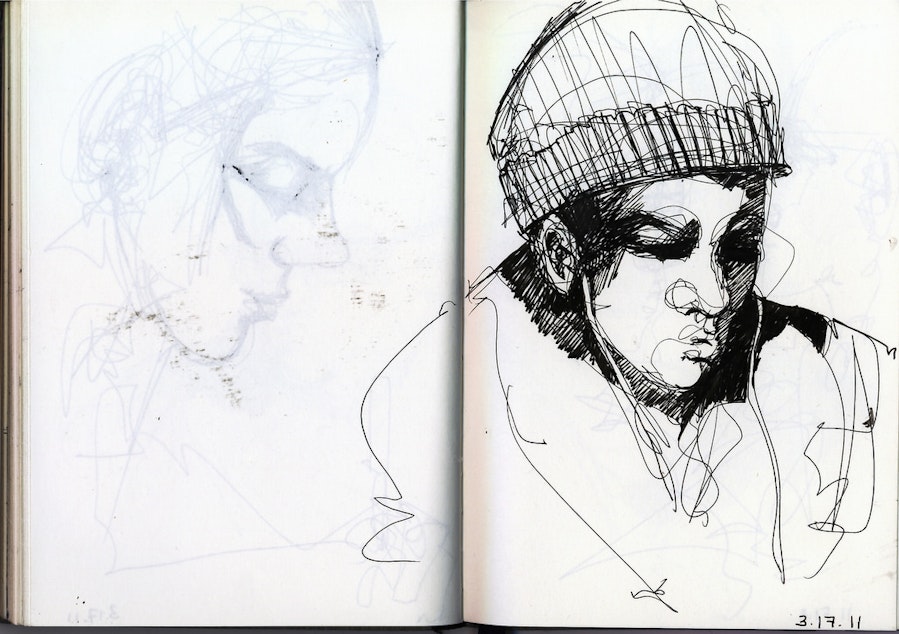White people, it's time to realize you're white. And that matters

According to the 2010 census, Seattle is 69 percent white. That means, if you're reading this, you are most likely a white person. But is that how you see yourself in the world? Aren't you just a human being like everyone else?
That line of thinking is deeply rooted in racism, says Robin DiAngelo. She studies whiteness and co-developed the City of Seattle's Race and Social Justice Initiative Anti-Racism training with communities of color. She herself is white.
In these training sessions she runs for a variety organizations (including KUOW), she has participants go around and state their race. She says this exercise can be jarring for whites.
"Immediately it puts white people out of our racial comfort, because we are rarely ever asked to identify our race, and we certainly have never been taught that it's relevant or has any meaning," DiAngelo said.
White people not having to identify themselves as white is harmful because it reinforces the idea that "somebody has a race, but not me," she said. "We're individuals, but they're always members of their group."
Sponsored
According to DiAngelo it's also problematic for white people in America to associate themselves primarily with their European heritage, because it obscures how much whiteness profoundly shapes their experience.
"I don't move through the world having an Italian experience in the U.S., I have a white experience in the U.S. and we have to get honest about it, and grapple with what that means," she said.
Some of our mythology about race in this country can also be harmful in obscuring the racial realities, DiAngelo argues. Take the "melting pot" story that paints a picture of peaceful coexistence between the races, because there's been so much mixing and interracial marriage.
"The reality is only European ethnics melted. So yes, Italians and Irish were once seen as similar to black," she said. "But once you assimilate, drop your accent, maybe modify your food a little bit, you meld into whiteness, quite frankly.
"People of color were never able to melt into that pot and only be seen as individuals or as members of a really specific ethnic group. They're always seen in racialized terms."
Sponsored
These issues are difficult for many to come to terms with in their own lives, let alone figuring out how to guide their children through it.
What should we be teaching our kids about race? How do you delineate the different experiences that people with different racial backgrounds experience, without reinforcing that people with different racial backgrounds are inherently different?
"By age three or four, they know how it [race] matters, and to put it really bluntly, they know that it's better to be white. And unfortunately when we pretend like that's not happening, we leave them with that message with no coping skills to resist it. So they internalize it, but they also learn to deny it."
DiAngelo said when it comes to race, we just want to pretend that nothing's happening, and that the best way to address it is to ignore it. And this is happening in Seattle.
"In fact I think white liberals are the most challenging, because the degree to which we think we're good to go, because we're open-minded, we shop at PCC and we bring our own bags," she said. "We're going to spend all of our time convincing other people of that and not any time doing what we need to be doing for the rest of our lives, which is deep, deep soul-searching and active interruption in the patterns that keep us complicit."


